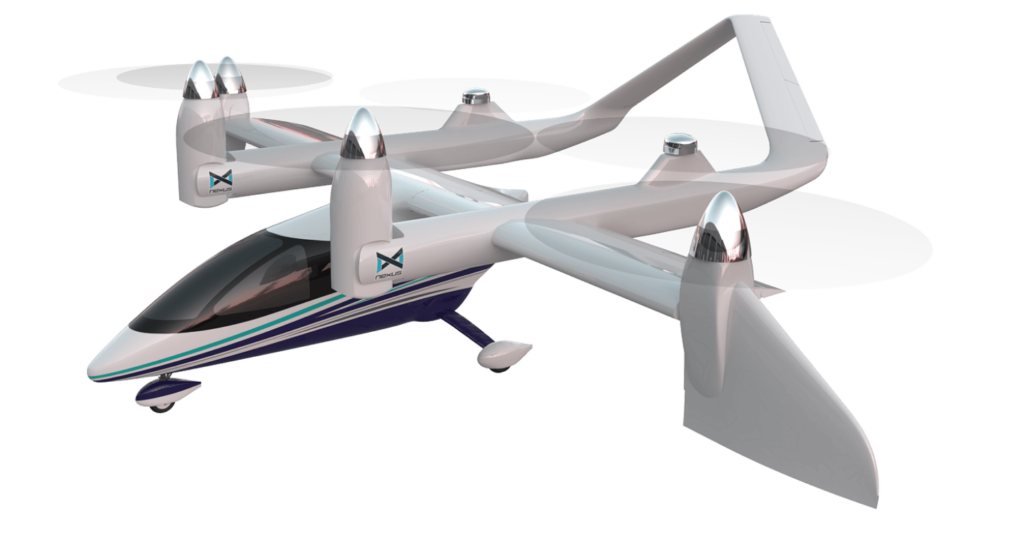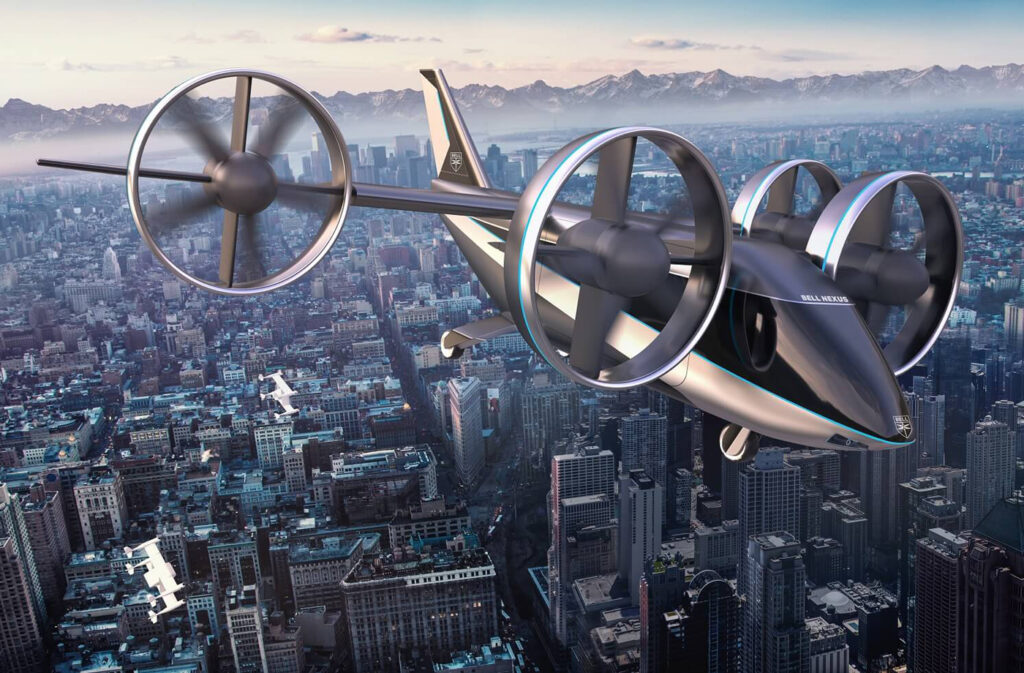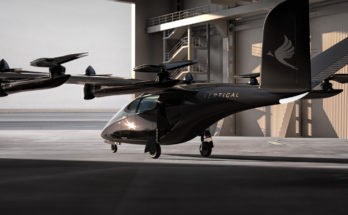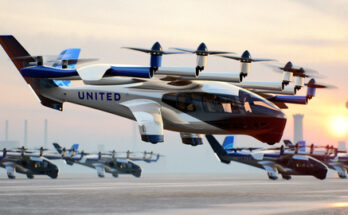UAM Snapshot – Textron eAviation Nexus

As the global parent provider of some of the world’s most ubiquitous commercial rotorcraft platforms, Textron is seeking to leverage its established expertise, infrastructural largess and base of clients and suppliers to secure a similar position within the emerging eVTOL urban air mobility market niche.
Towards this end, the company is developing the Nexus, an all-electric air taxi design. First unveiled in 2020, the platform’s name originates with the four-ducted propeller configuration of the initial design concept, known as the 4EX. Throughout development, the core features of the Nexus design have evolved, with more recent announcements indicating the company has opted to shift the platform towards an open configuration. The new design is powered by six electric motors that power four tilt rotors and two VTOL rotors.

As originally planned, the Nexus is designed for four passengers and one pilot, with plans to accommodate five passengers once autonomous flight is available. The design will be capable of attaining a cruise speed of 138-150 mph and a range of at least 60 miles. Textron continues to tweak the base platform’s performance targets as the design advances through a simulational testing regime. Textron has likewise articulated plans to enable longer-distance flights by offering the platform in multiple configurations.
Developmental work on the project is currently being guided by eAviation, Textron’s Kansas-based sustainable flight subsidiary. Textron has previously stated that the Nexus team also encompasses partnerships with Safran (hybrid propulsion and drive systems), Electric Power Systems (energy storage systems), Thales (flight control computer hardware and software), Moog (flight control actuation systems), and Garmin (integration of avionics and the vehicle management computer).
Relative to certain other major eVTOL platforms, regular news on the development cycle of the Nexus has been sparse in the years since its 2020 reveal, however maturation and refinement of the Nexus design nevertheless remains ongoing according to recent press coverage. Most recently, wind tunnel testing of a Nexus model began in July 2023.
According to recent reports, Textron eAviation has set ambitious goals for their eVTOL project. The company hopes to activate an operational prototype for testing in late 2024, with a target market introduction date of 2030.




